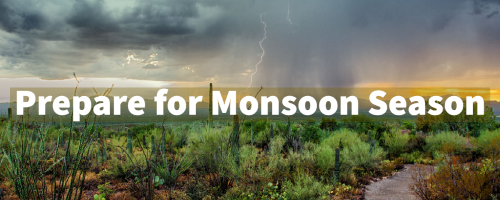
Preparing Roofs for the Arizona Monsoons
Arizona monsoon season starts in mid-June and ends in September. Cloud cover increases significantly during this time period, and large thunderstorms can materialize quickly. New residents are often surprised at the heavy rain and strong winds that show up during our monsoon.
A properly installed roofing system that has been well maintained will protect your property from the monsoon rain and winds. If your roofing system is approaching end-of-life, or has not been recently maintained, there are several steps we recommend you take prior to the monsoon season. In this article we will address some common issues and monsoon preparation steps. You can then hopefully enjoy the rainstorms without stressing over the roof.
Tile and Shingle Roofs
Tile and shingles roof systems provide effective protection from the Arizona heat, and if properly maintained are highly effective at shedding rainfall. As these roofing systems age, wear and tear will eventually cause issues such as: Missing/displaced/loose/damaged tile and shingles, deteriorated underlayment, loose/cracked sealant at penetrations, broken/missing mortar and mastic, damaged flashings, debris blockage, deteriorated wood, and holes/gaps in the roofing system.
Preparing for monsoon: An inspection by a roofing professional will identify issues and provide recommendations on how to correct them. The inspection should include an assessment on the estimated life expectancy for shingles or tile underlayment. If deterioration is significant, then a reroof may be necessary prior to the monsoon season. Our roofing inspections often identify relatively simple issues such as displaced tiles, which is left uncorrected, can lead to significant problems later.
The property owner may inspect some issues safely from the ground. A ground inspection can check for signs of missing/displaced tile/shingles. Exposed plywood (soffits, patio, etc), and fascia boards, can be inspected for signs of moisture stains or rot. Exposed wood may provide an early warning that there is a problem with the roofing system above it. Plywood showing excessive cracks or black spots, for example, usually indicate a roof system issue.
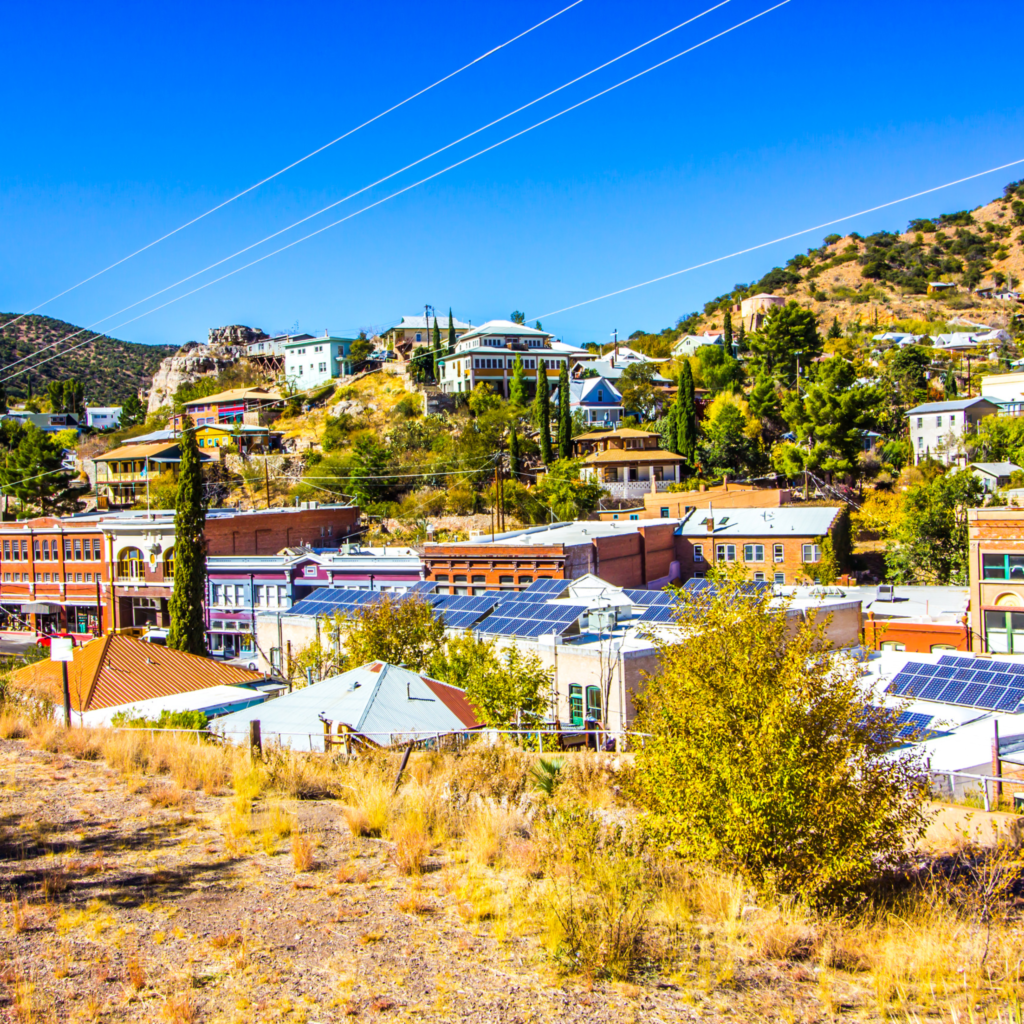
Flat and Low Slope Roofs
Flat and low slope roof systems include built-up roofing, foam, single ply membranes, and coatings. There are a variety of potential issues which might not be apparent until there is a heavy rain. Ponding issues due to inadequate slopes are very common, and over the years lead to accelerated deterioration
in the ponding area. Birds often drill holes into foam roofs. Coatings deteriorate and crack. Built-up roofs dry out and separate from the deck/flashing, etc. We recommend an inspection by a roofing professional for flat and low slope roof systems. Identifying issues can be difficult, and even a small defect can cause a big leak issue when heavy monsoon rains flood flat roofs. Some difficult to detect flat roof leak issues require the use of probes, leak tests, or
advanced inspection methods.
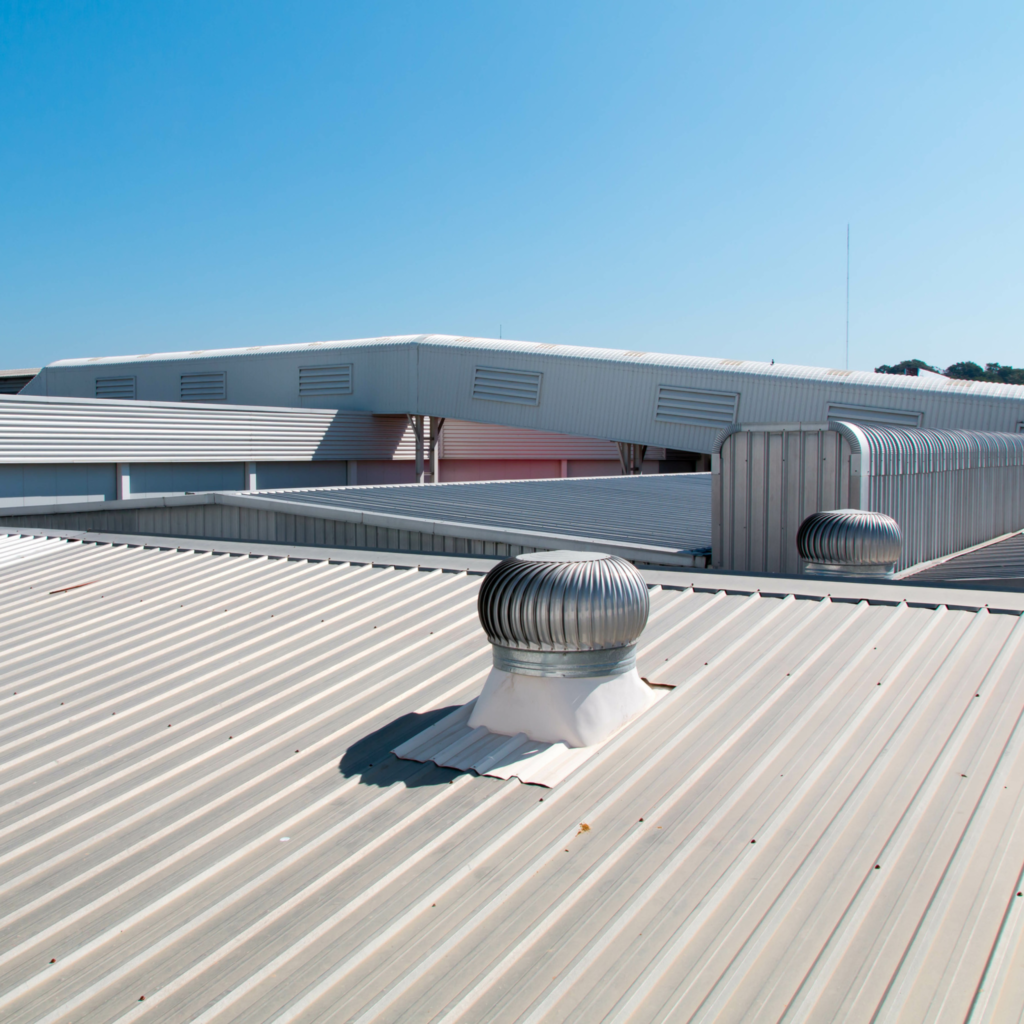
Metal Roofs
Metal roof systems are durable and effective, but do require maintenance. Common wear and tear issues include loose/missing fasteners, cracks at penetrations, and loose laps. These issues can be identified and corrected by a roofing professional prior to monsoon.
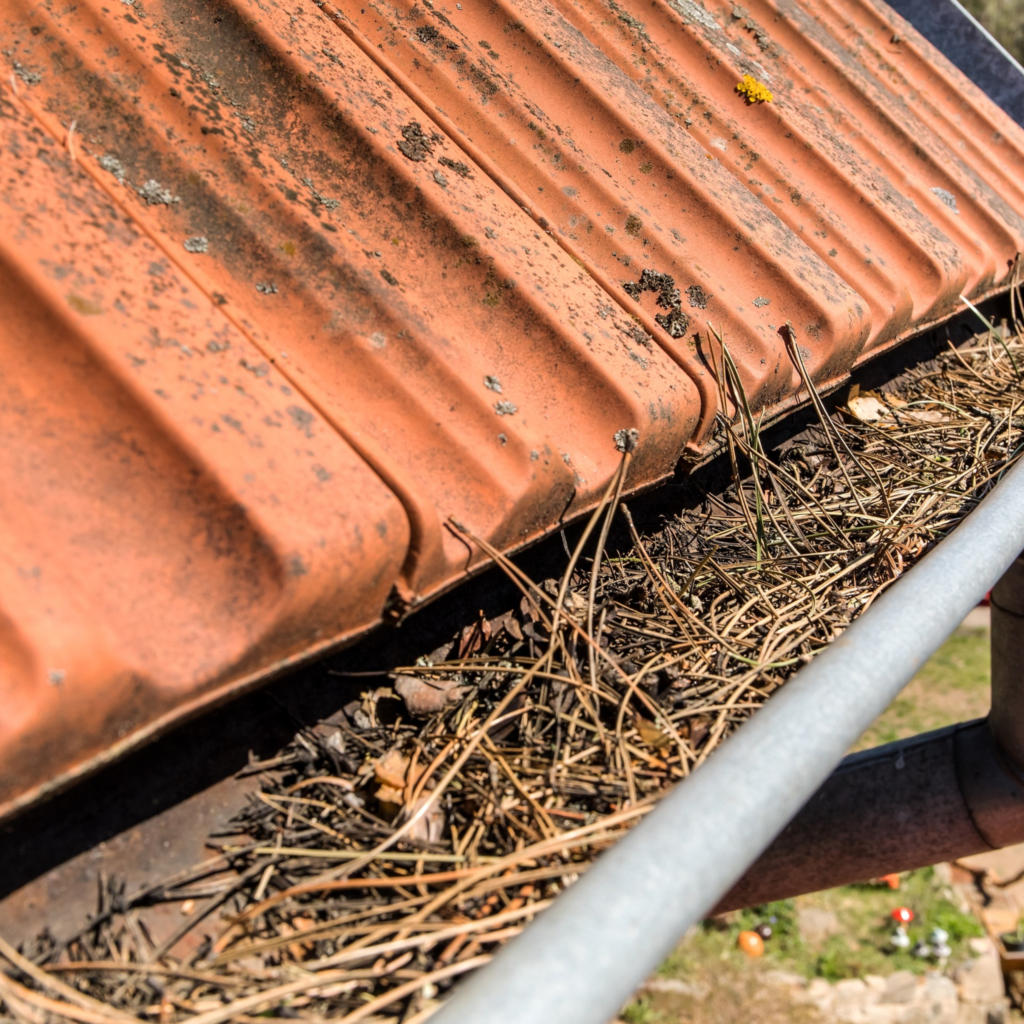
Gutters
Heavy monsoon rains can cause water to back up against the walls, causing concrete spalling and other issues. Excessive water build up may lead to soil expansion issues. Water running off roof edges can damage stucco and wood. For these issues a gutter system may be beneficial. If you already have gutters, get them cleaned out prior to monsoon. Contact a gutter installation professional prior to monsoon to assess your gutter needs.

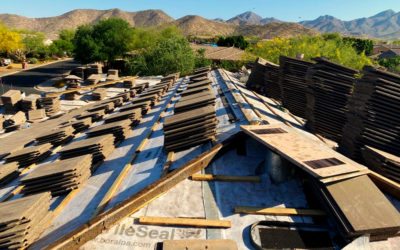

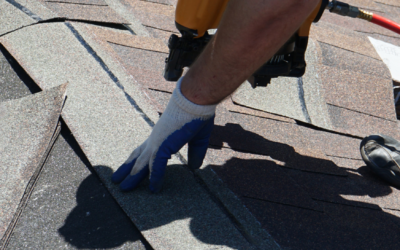
0 Comments